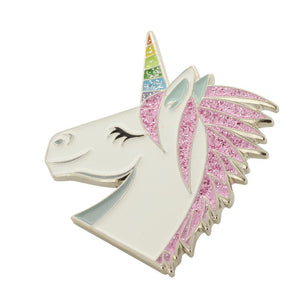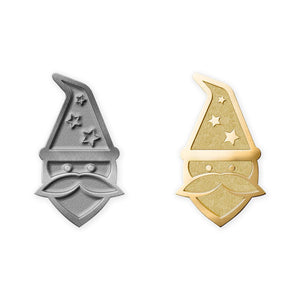The U.S. Air Medal was established in World War II to pay homage to the bravery and dedication of those who served with the U.S. flying forces. Aerial combat was crucially important to the war, and aircrew underwent high risks and tremendous losses. The Air Medal was made not only to honor meritorious actions in flight but as a morale-booster for those risking their lives in the skies. It became a powerful symbol of courage and the brutal realities of war over time.
The Evolution of Military Decorations
In history, military awards have always been there to honor the heroism and sacrifice of men and women in uniform. Countries across Europe, including France and Britain, introduced medals such as the Legion of Honour and Victoria Cross to honor their soldiers. The United States followed their lead and forged its own decorations, such as the Medal of Honor and the Distinguished Service Cross. The Distinguished Flying Cross (DFC) was introduced in 1926 to honor aerial heroism. However, with World War II on, a new, broader recognition was needed. As a result, the Air Medal was created in order to bridge the gap between the higher-level DFC and lower military honors.
Creation and Purpose of the Air Medal
On the recommendation of Secretary of War Henry Stimson, the Air Medal was created in early 1942 to recognize meritorious service in aerial flight without depreciating the prestige of the DFC. He wished to recognize the arduous work of aircrews on dangerous missions whose efforts had not risen to the level deserving of the DFC. The Air Medal, which President Franklin D. Roosevelt approved on May 11, 1942, was much-needed recognition for this relentless work, especially as casualty rates soared. It became a key morale-booster and a way of recognizing sustained merit in the harsh surroundings of aerial fighting.
The Design and Symbolism of the Air Medal
Walker Hancock's design of the Air Medal is rich in symbolism. The medal is a bronze compass rose with 16 points symbolizing direction and precision, and a fleur-de-lis on top of the medal represents military honor. On the front side, a flying American eagle is depicted, symbolizing the strength of the U.S. Army Air Forces (later the Air Force) and clutching lightning bolts, signifying the speed and power of the U.S. armed forces. It pays tribute to the Army Air Corps, predecessor of the AAF, with its blue and orange ribbon. The intricacy of the Air Medal design reinforces the lineage of this medal as a prize for determination and valor in aviation.
The Eighth Air Force's Ordeal in 1943
One of the deadliest periods of the air war led to the awarding of the Air Medal for the first time. Immeasurable casualties plagued the U.S. Eighth Air Force while it conducted strategic bombing from England between 1942 and 1945. In World War II, 75% of bomber crew members were killed, wounded, or captured before they could complete the 25 missions required for their tour of duty; the average life expectancy for aircrew was 11 missions. The brutal losses, especially during the October 1943 missions, precipitated the suspension of daylight bombing temporarily. The Air Medal, along with the Aerial Gunner Badge, was apportioned to raise morale.
Controversies and Inconsistent Criteria
The Air Medal quickly became encumbered with inconsistencies among air forces. The criteria for each U.S. air force in the European Theater of Operations (ETO) to award the medal differed. For example, the Eighth Air Force required five missions for an Air Medal, while the Fifteenth Air Force in the Mediterranean was following the official standard of 25 missions. This disparity created frustration because service members who performed similar service in different theaters were not treated the same. By late 1943, standardization in the awarding of the Air Medal had been undertaken, but some inconsistencies remained.
Turning the Tide Over Germany
Allied fighters determinedly targeted the Luftwaffe in 1944, and losses dramatically declined. Bomber survival rates increased, and Eighth Air Force crews' tours of duty were extended from 25 to 30 missions. The criteria for the Air Medal in the ETO, however, were fixed at five missions even though the dynamics were changing. As the war drew to a close, more than 442,000 Air Medals had been awarded to Eighth Air Force personnel, a tribute to the courage and perseverance of aircrews that battled for air supremacy in Europe.
Postwar Evolution of the Air Medal
The criteria for the Air Medal evolved after World War II, as the U.S. expanded its air dominance in subsequent wars. Due to American air superiority, service members in later conflicts could earn the Air Medal multiple times, with that number rising as high as 50. At first, oak leaf clusters were attached to the ribbon for subsequent awards of the Air Medal, but this needed to be changed to a numeric device to account for the rising numbers of these awards. Today, the Air Medal continues to be awarded for achievement in aerial service.







































